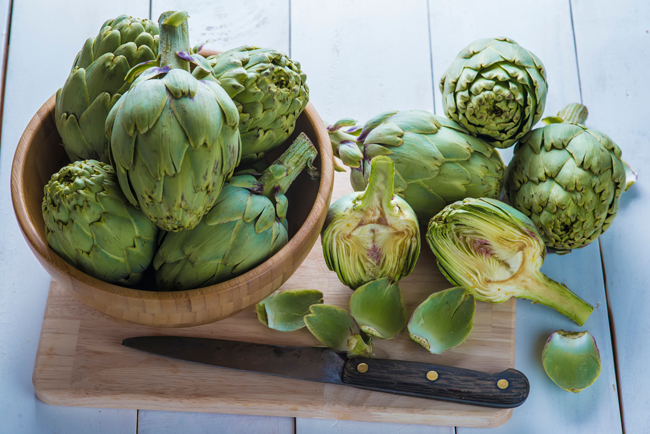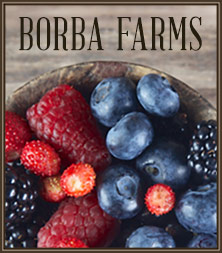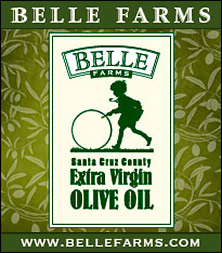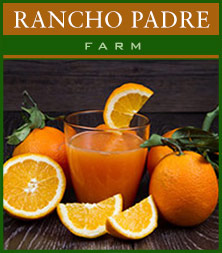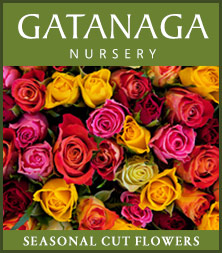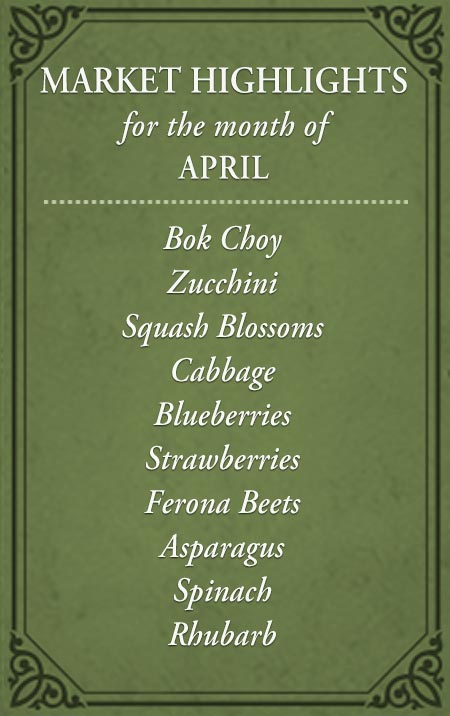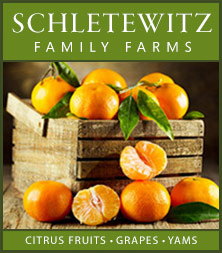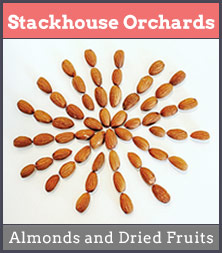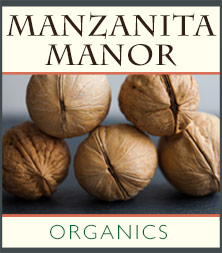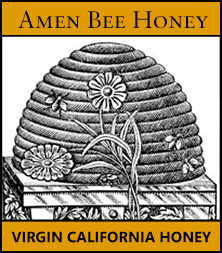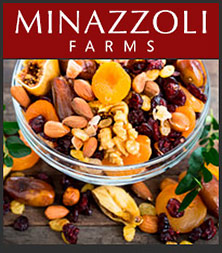Artichokes are everywhere along the Central California coast, thriving in the region’s mild, foggy climate. Driving down Highway One toward Monterey, you’ll pass fields of artichokes in every stage of growth. Castroville proudly claims the title of “Artichoke Capital of the World” and hosts the annual Castroville Artichoke Food and Wine Festival.
Although artichokes are available year-round, their true season is spring—March, April, and May—when they are at their peak. California grows 100% of the U.S. artichoke crop, and each plant produces about 20 to 30 buds annually.
One of the oldest cultivated foods, artichokes originated in the Mediterranean and Canary Islands. A member of the sunflower family, an artichoke is technically an unopened flower bud. While the sharp, spiky leaves can be intimidating, the reward for your effort is the tender, flavorful heart at the center.
CHOOSING AND PREPPING ARTICHOKES
Size matters—sometimes. Large artichokes are hearty and easy to prepare, but don’t overlook the tiny ones. Smaller artichokes are especially versatile, easier to trim, and ideal for creative recipes.
Look for compact heads. Leaves (bracts) should be tight against each other, not spread apart. The bracts should be plump, not shriveled.
Check the stem. It should be firm and solid, not spongy. The cut end should appear fresh and clean.
The squeak test. Gently squeeze the artichoke—if it squeaks, it’s fresh. No squeak? Skip it.
Prevent discoloration. Artichokes brown quickly when cut. Rub with lemon juice or submerge in acidulated water. Carbon steel knives especially discolor—wash immediately after use.
Mind your hands. Raw artichokes leave a lingering bitterness. Wash thoroughly with soap and water to avoid transferring flavor to other foods.
Don’t discard the stem. Peel and taste it—if not bitter, it will taste like the heart, since it’s essentially an extension of it.
Trim generously. Skimping leaves tough, bitter results—and those thorny tips hurt if left intact.
Remove every bit of the choke. It’s unpleasant and can cause lasting irritation if eaten. Never skip this step.
Choose the right tools. A serrated knife works well for trimming the bottom two-thirds of large artichokes; kitchen shears are also handy. Use a sturdy, sharp paring knife for the finer trimming.
COOKING AND PAIRING TIPS:
Artichokes contain cynarin, a compound that alters taste perception by making other foods seem sweeter. This can clash with wine, but high-acid wines such as Chenin Blanc or brut sparkling wine are good pairings.
When boiling artichokes, consider adding wine to the cooking liquid to help balance flavors. Place a cloth or smaller lid over them to keep them submerged for even cooking.
If you have leftover meaty leaves after trimming large artichokes for hearts or stuffing, steam them lightly. Once cooled, scrape off the meat to use in ravioli fillings, blend into sauces, or mix with cream for a luxurious pasta dish.
RECIPES: Find artichoke recipes here!


